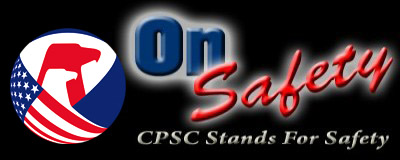Updated: Sept. 4, 2012
 In late August, CPSC voted to begin rulemaking to address the serious risks posed by hazardous, high-powered magnet sets. You will have 75 days to comment to the agency about the rulemaking. Your comments are due to CPSC by Nov. 19.
In late August, CPSC voted to begin rulemaking to address the serious risks posed by hazardous, high-powered magnet sets. You will have 75 days to comment to the agency about the rulemaking. Your comments are due to CPSC by Nov. 19.
CPSC staff briefed the commission about the magnet hazards at an open meeting on Thursday, Aug. 9.
Between 2009 and 2011, our staff estimates that there were 1,700 cases treated in hospital emergency rooms nationwide related to the ingestion of small, high powered magnets. More than 70 percent of these cases involved children between the ages of 4 and 12.
The agency’s staff is proposing a rule that addresses the size and strength of the magnets. Under the proposed rule, magnets that fit in a small parts tester would be required to have a flux index of 50 or less. Many of the high-powered magnets in the sets sold today, by comparison, are many times stronger.
Magnet sets that do not meet the new requirements could not be sold as a manipulative or a desk toy.
CPSC has published a notice of proposed rulemaking in the Federal Register. (FR). Now that the proposed rulemaking has published, your opportunity to comment begins. Here’s where you can share your comments about this proposed rule. Your comments must be submitted by 11:59 p.m. ET on Nov. 19.
Rulemaking comments are submitted through the government website Regulations.gov. We will publicize the Federal Register notice and the link to comment on our website, our @OnSafety Twitter account, and in this blog.
We continue to encourage everyone to read the information on our magnet information page. Watch the video. Keep these magnets away from all children and out of homes with children. For us, it’s about keeping kids safe.









